Queer Corner: Datemate
Kris Pfister, Maroon-News Staff
• March 26, 2015
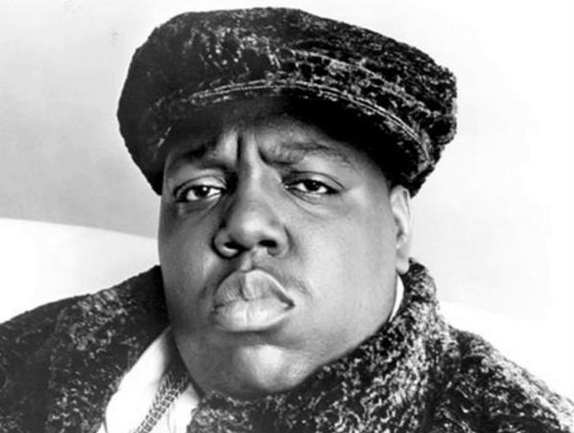
Rap Music Is Poetry: Finding Meaning in Rhyme
André Stephenson, Assistant News Editor
• March 26, 2015
What’s Left, Being Right: Foreign Policy in the Middle East
James Goldin & Olivia Detato, Maroon-New Staff
• March 26, 2015
The Woes Of Weather And Work
Caroline Main, Managing Editor
• March 26, 2015
Speaking Up For Silence
Emily Haines, Class of 2017
• March 5, 2015
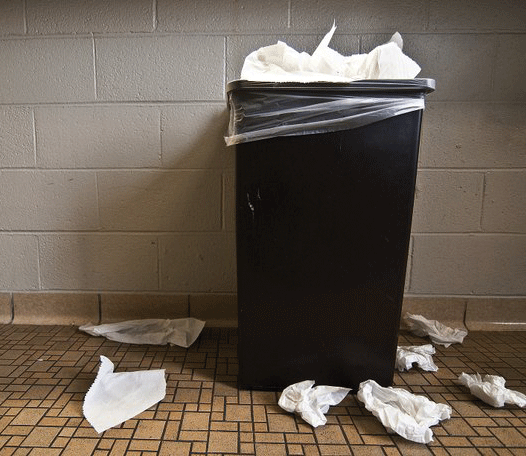
Small Towels, Big Impact
Breanna Giovanniello, Class of 2016 & Grace Dennis
• March 5, 2015
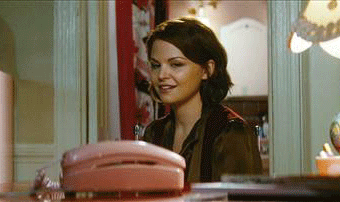
Minus the City: The Hook-Up Hello: Why Caring Less Does Not Mean You Win
Erin Mincer, Class of 2017
• March 5, 2015
Queer Corner: To Infinity…and Identity?
Kris Pfister, Maroon-News Staff
• March 5, 2015
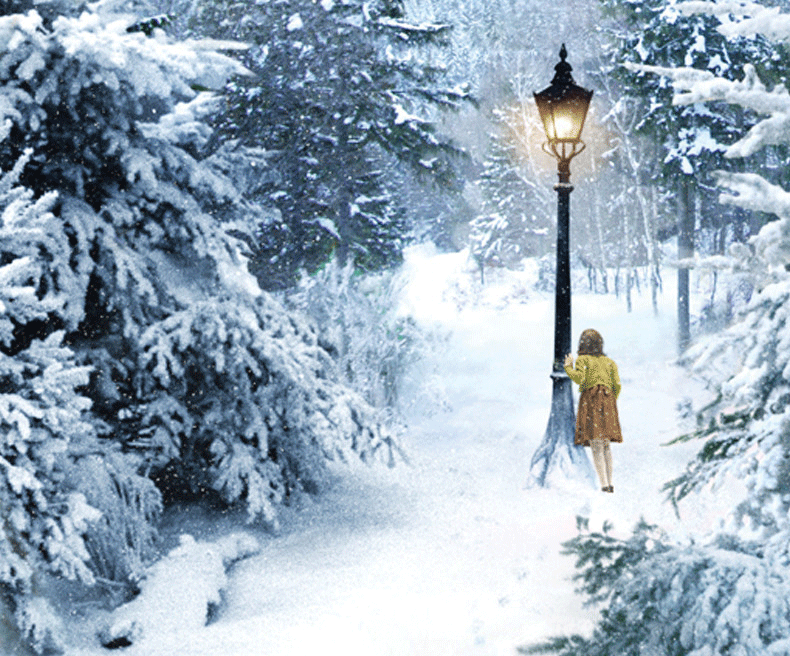
#ColgateProblems: Jug Jackets: Gone But Not Forgotten
Amy Balmuth, Commentary Editor
• March 5, 2015
The Unknown Threat: Cyberspace
Abe Benghiat, Class of 2018
• March 5, 2015
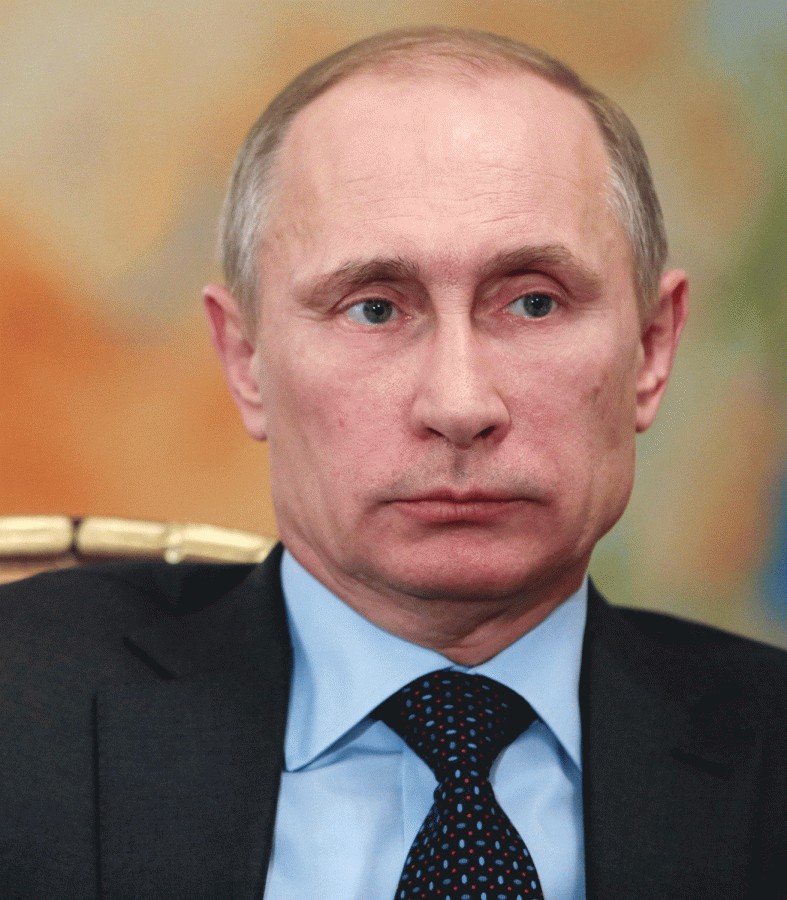
What’s Left, Being Right: How to Handle Russia
Sid Wadhera & Brian Challenger, Maroon-News Staff
• March 5, 2015
More Smiles, Less Stress
Holly Mascolo, News Editor
• March 5, 2015
Load More Stories

